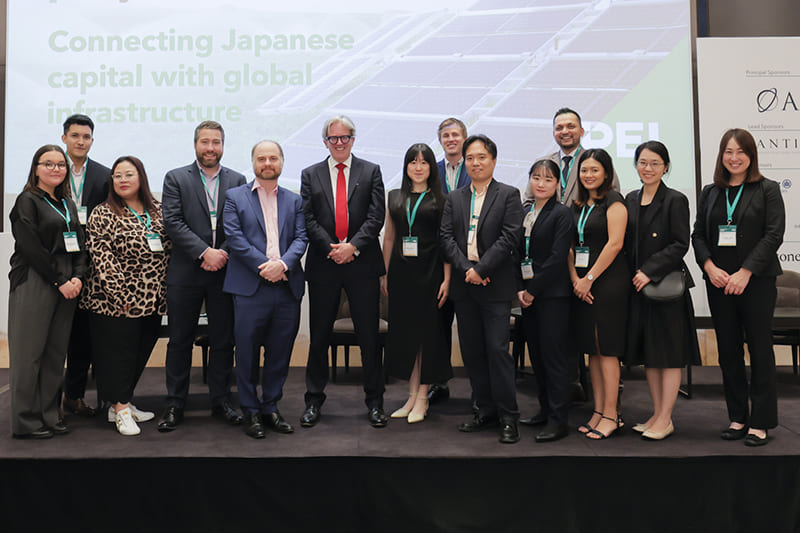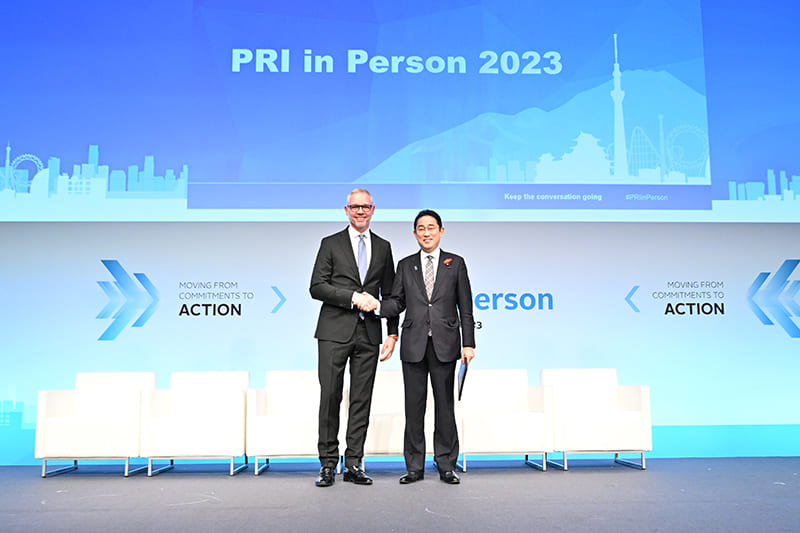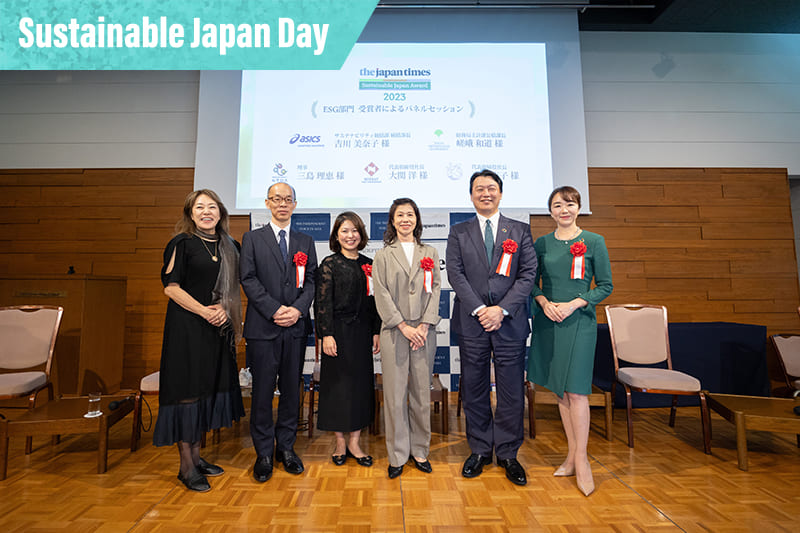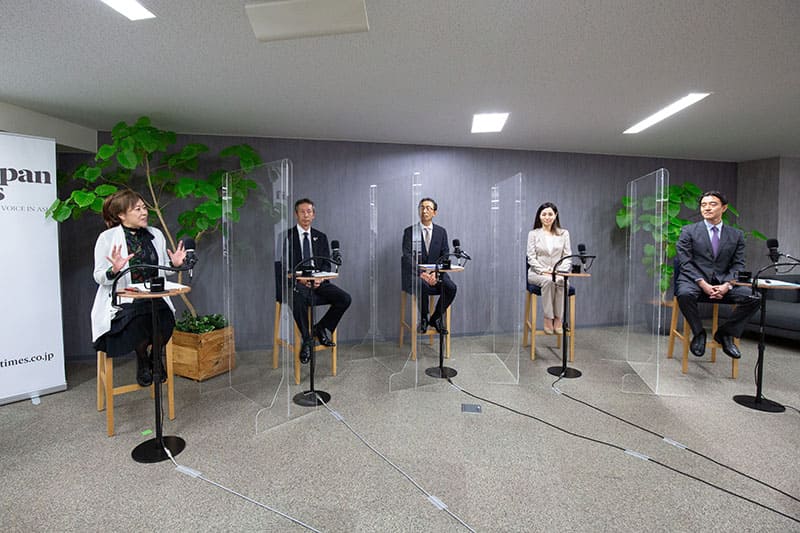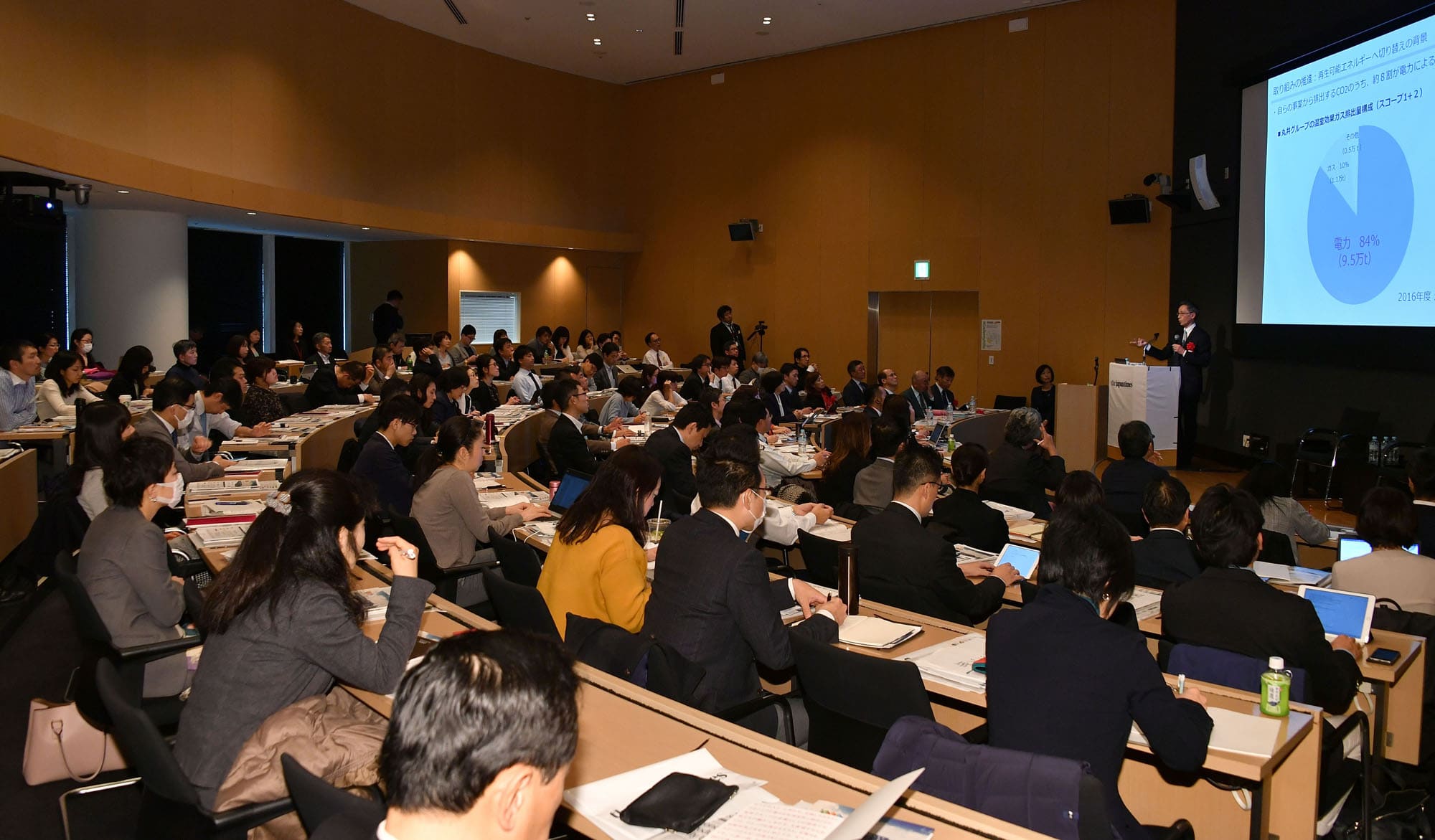February 09, 2024
Green bond front-runner Tokyo keeps expanding their size, scope
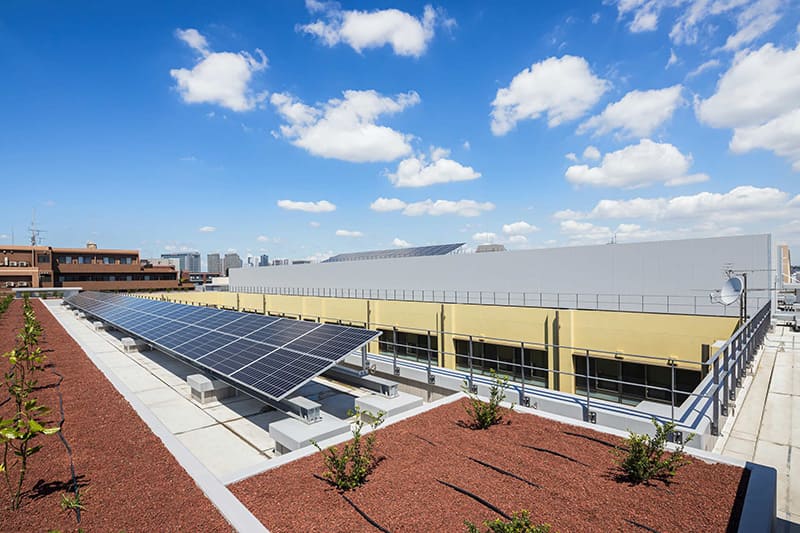
Few know a giant tunnel-like reservoir lies beneath central Tokyo. It was built just under Ring Road No. 7 to prevent the Kanda River from flooding during torrential rains — events that are becoming more frequent due to climate change. It temporarily retained 490,000 cubic meters of water when Typhoon Hagibis hit Tokyo in 2019, protecting the downtown from flooding.
This information comes from a 2023 impact report on bonds worth about ¥40 billion ($275 million) that the Tokyo Metropolitan Government issued in fiscal 2022 to finance an extension of the reservoir and other green projects.
Explaining the purpose of the report, Kazumichi Saga, director of the bond section in Tokyo’s Bureau of Finance, said, “We’ve reached the conclusion that it will be very important for us to improve the quality of our bonds and of ourselves as a bond issuer.” The metropolitan government was awarded the Sustainable Japan ESG Special Award last year, sponsored by The Japan Times.
One of the reasons the award went to the city was its impact reports on green and social bonds, verified by external agencies — the first such reports by a Japanese municipality.
Tokyo has always been a pioneer of green bonds in Japan. When it issued its first green bond in 2017, no other local government had ever done so. Since then, it has issued green bonds every year, and now it and as many as 20 other municipalities plan to launch the bonds this fiscal year ending on March 31, according to the Ministry of Internal Affairs and Communications. Also at the moment, 36 prefectures and cities started to jointly issue a green bond. In addition to green bonds, Tokyo started to issue social bonds in 2021 to support its efforts on natural disaster prevention and social welfare.
Since the country’s green bond market has grown in the last few years, Tokyo’s role as front-runner prompted it to start publishing the impact reports last year. Saga said such reports, which explain how the bond issuer spends the money and how the financing affects its environmental goals, contribute to its accountability. “Transparency is particularly required amid the global focus on ‘greenwashing,’” he said. “We issued the impact reports to secure transparency as well as objectivity, and for that reason obtained a second party opinion.”
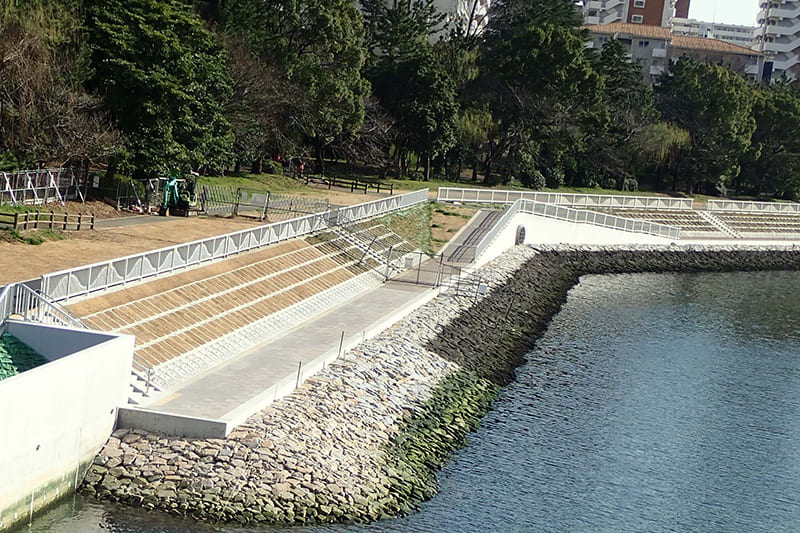
Tokyo’s step was backed by the strong global interest in supporting the environment through investments. In Europe and the United States, regional governments had already started to issue green bonds in the early 2010s. In 2016, when Tokyo issued its Tokyo Environmental Supporter Bonds, a trial version of green bonds, investor appetite was so strong that they sold out.
Green and other ESG (environmental, social and governance) bonds opened a new way for local governments to procure money from investors.
But issuing ESG bonds is not an easy task. Transparency and accountability are required. Like many other ESG issuers, Tokyo faces tough feedback from institutional investors. For example, overseas investors often ask about how much green projects would reduce carbon emissions, or details on a population who would benefit from social welfare plans, Saga said.
Moreover, under Japanese regulations, the purpose of local government bonds is limited to financing for tangible projects such as public works. Municipalities cannot spend proceeds on operating facilities or technological development. Tokyo’s green bonds, for example, besides the reservoir extension, have financed the installation of solar panels on its facilities’ rooftops to reduce carbon emissions. Tokyo aims to generate all of the electric power its facilities need from renewable sources by 2030. Its social bonds, similarly, finance projects to bury power lines and build housing for lower-income residents.
Tokyo’s efforts to expand its range of ESG bonds continue. In the next fiscal year, it plans to increase issuances to a total of about ¥130 billion, Saga said, ¥20 billion more than this year.
Part of them will be “green/blue bonds,” which will finance not only green projects but also those for marine life. Tokyo also plans to issue “sustainability bonds” to finance green and social projects in overseas bond markets to stimulate foreign investor appetite. The bonds will be denominated in foreign currencies and will be worth about ¥50 billion.
“We aim to invite considerable investor money from abroad while continuing to welcome investment from domestic investors,” Saga said.
The Sustainable Japan Award commends individuals, companies and organizations who have made advances in sustainable efforts. To learn more visit https://sustainable.japantimes.com/sjaward2023

